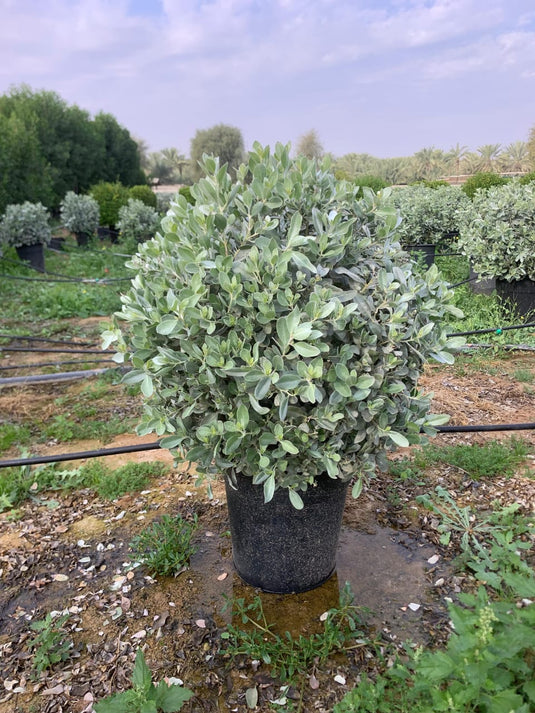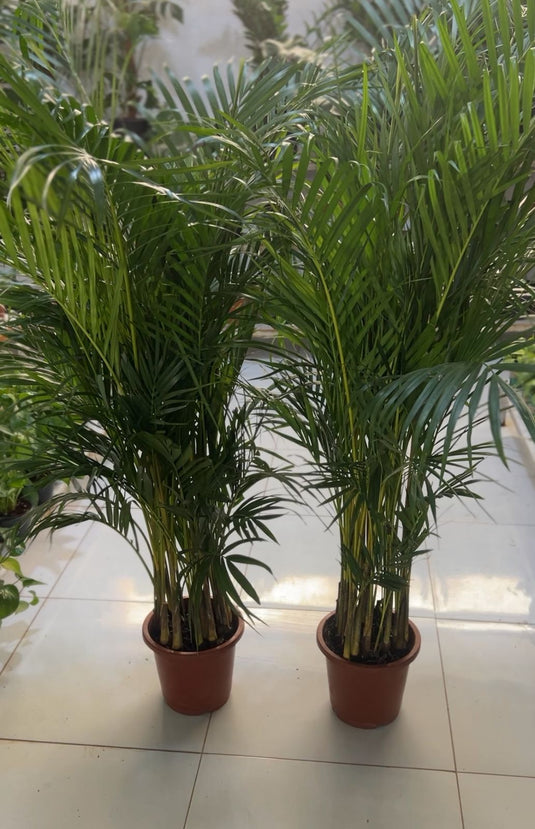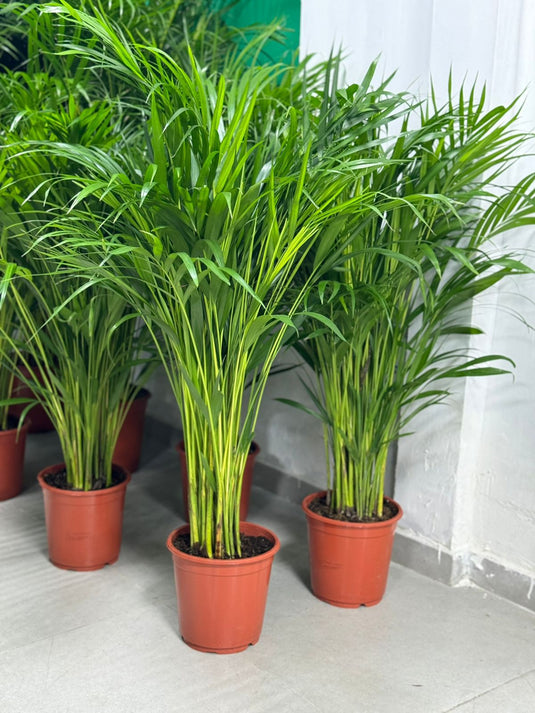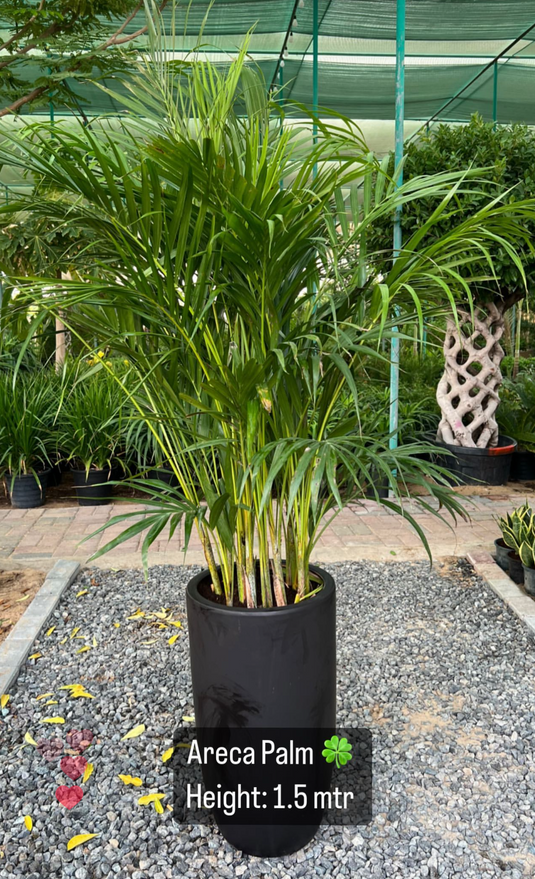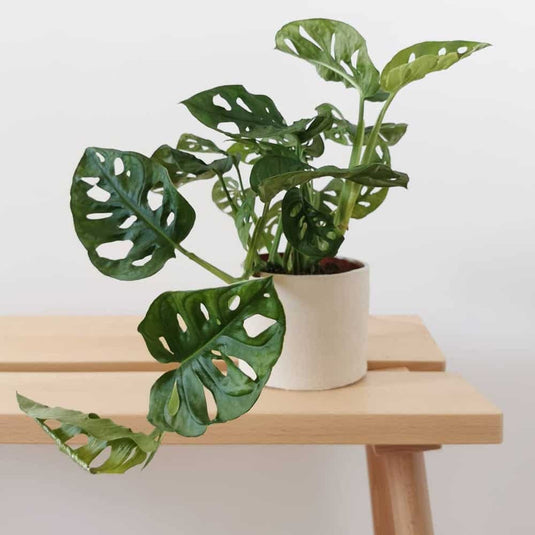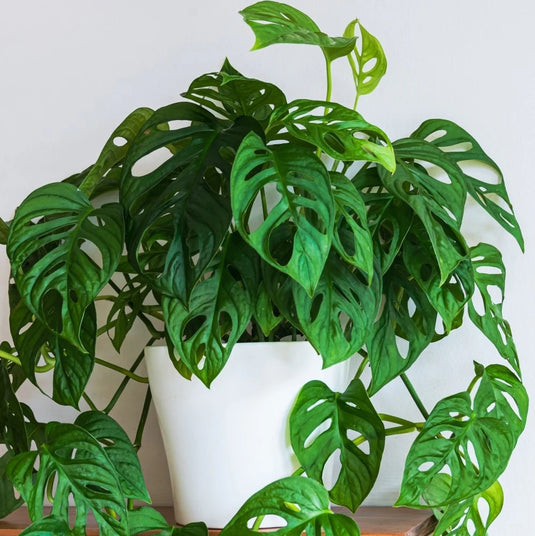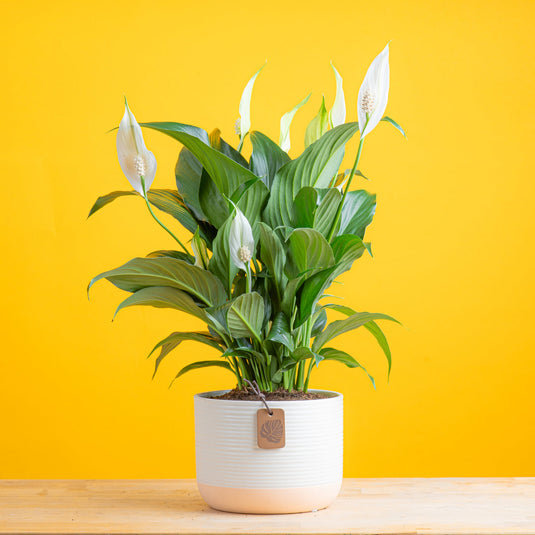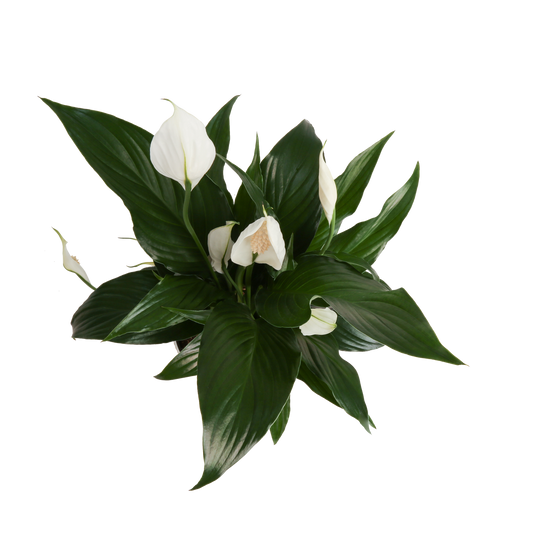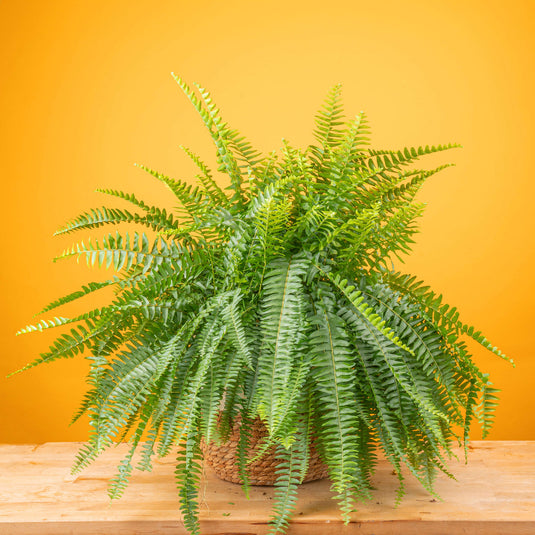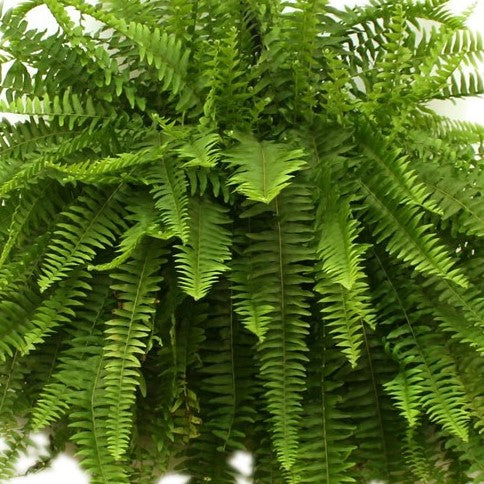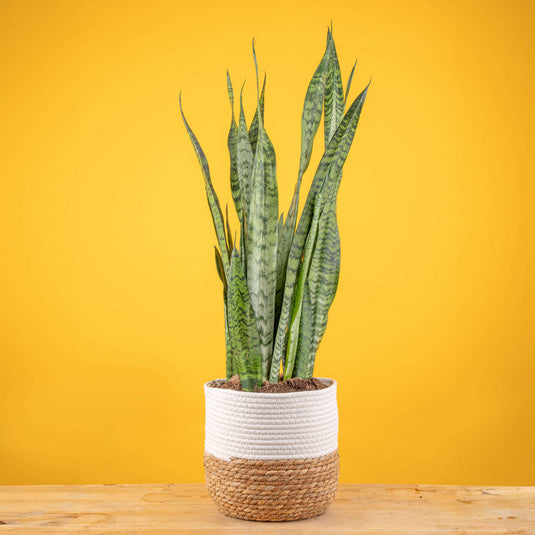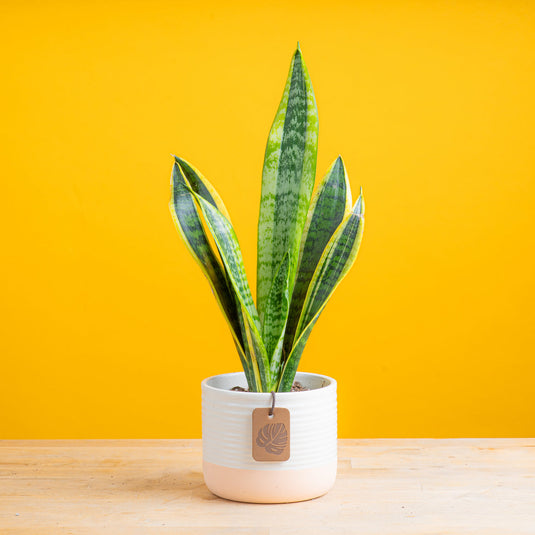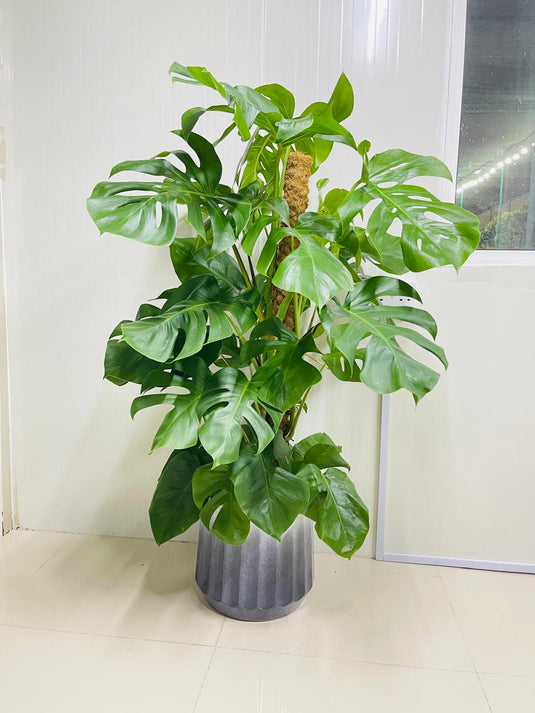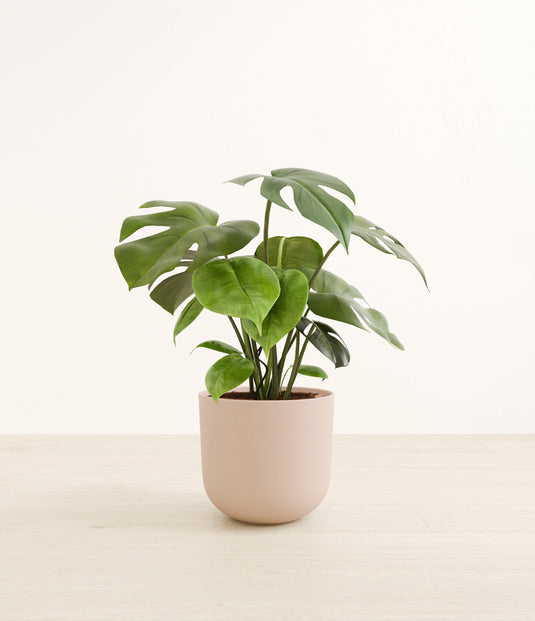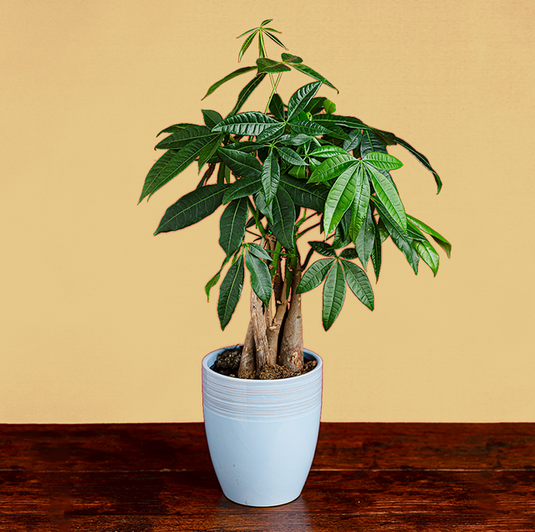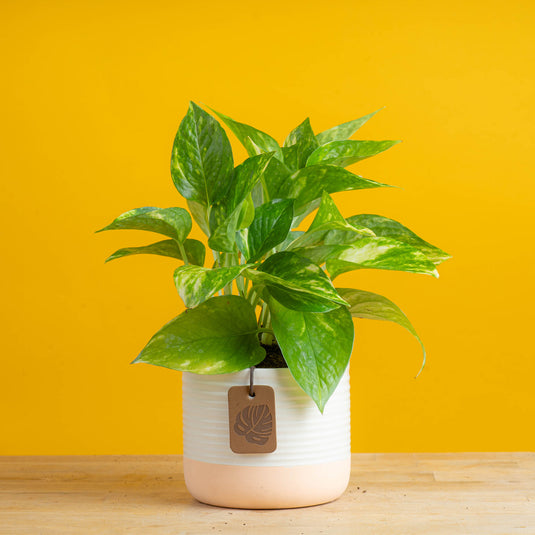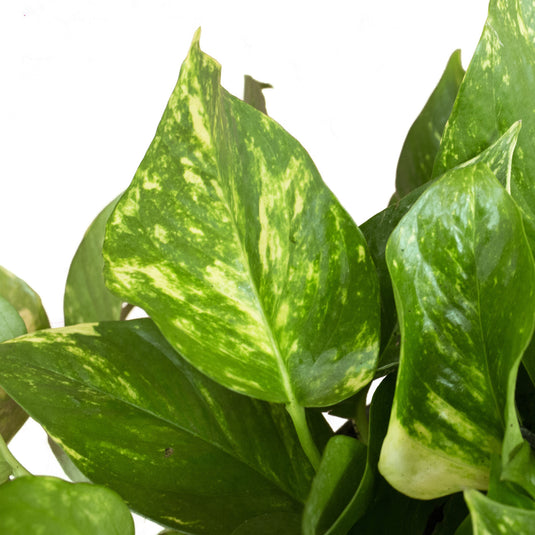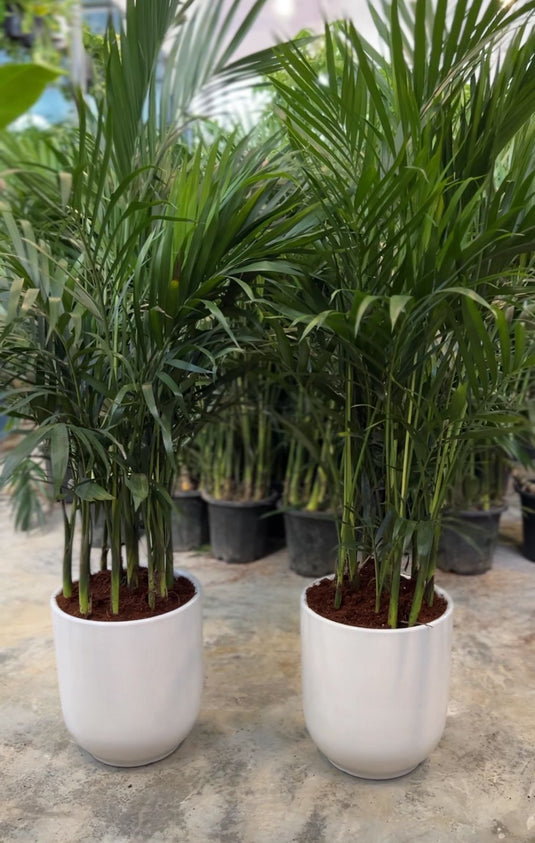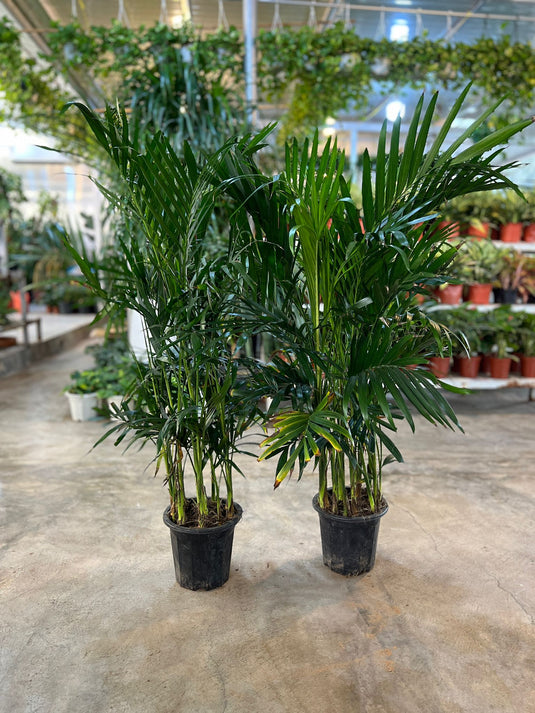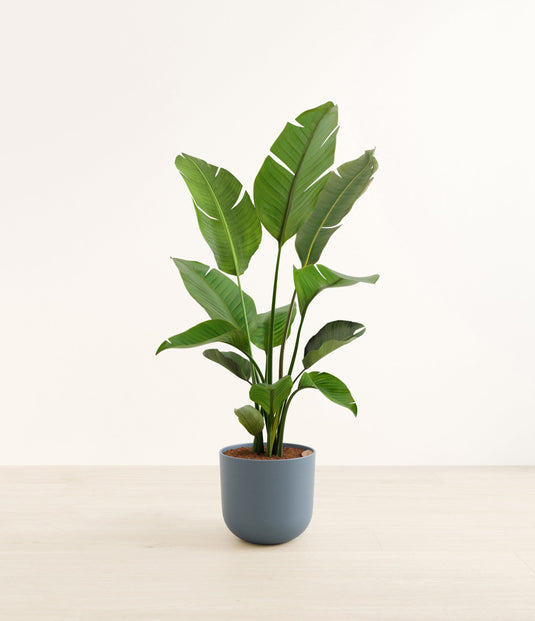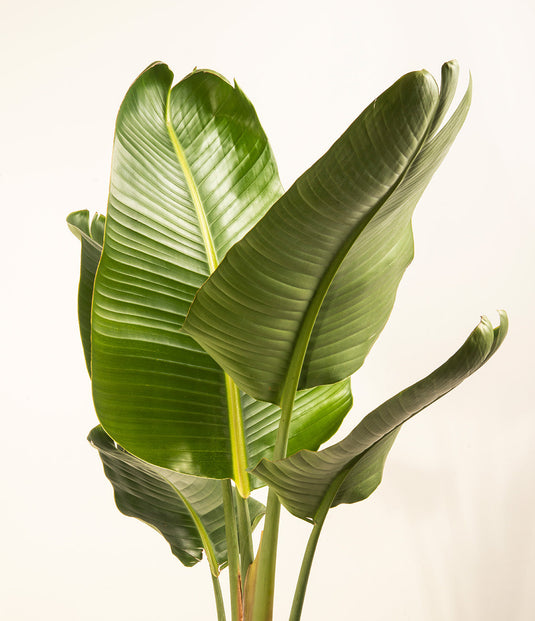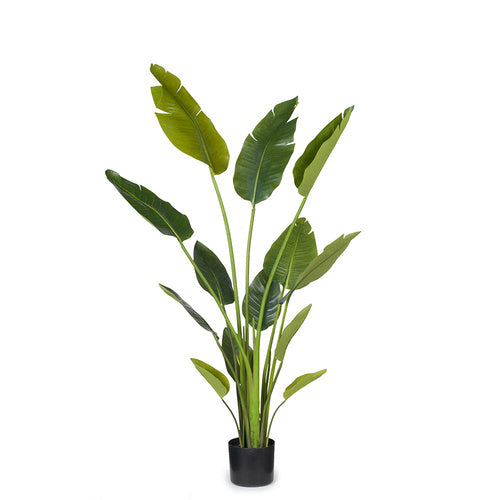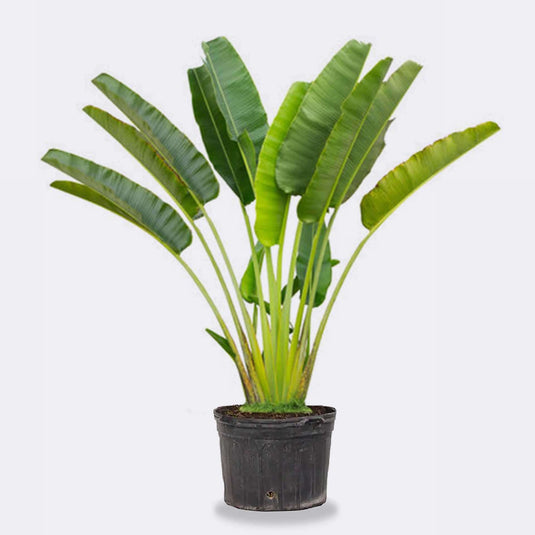Silver Damas Ball
- Healthy Arrival Guarantee
- Free Plant Care Consultation
- Safe & Secure Payment
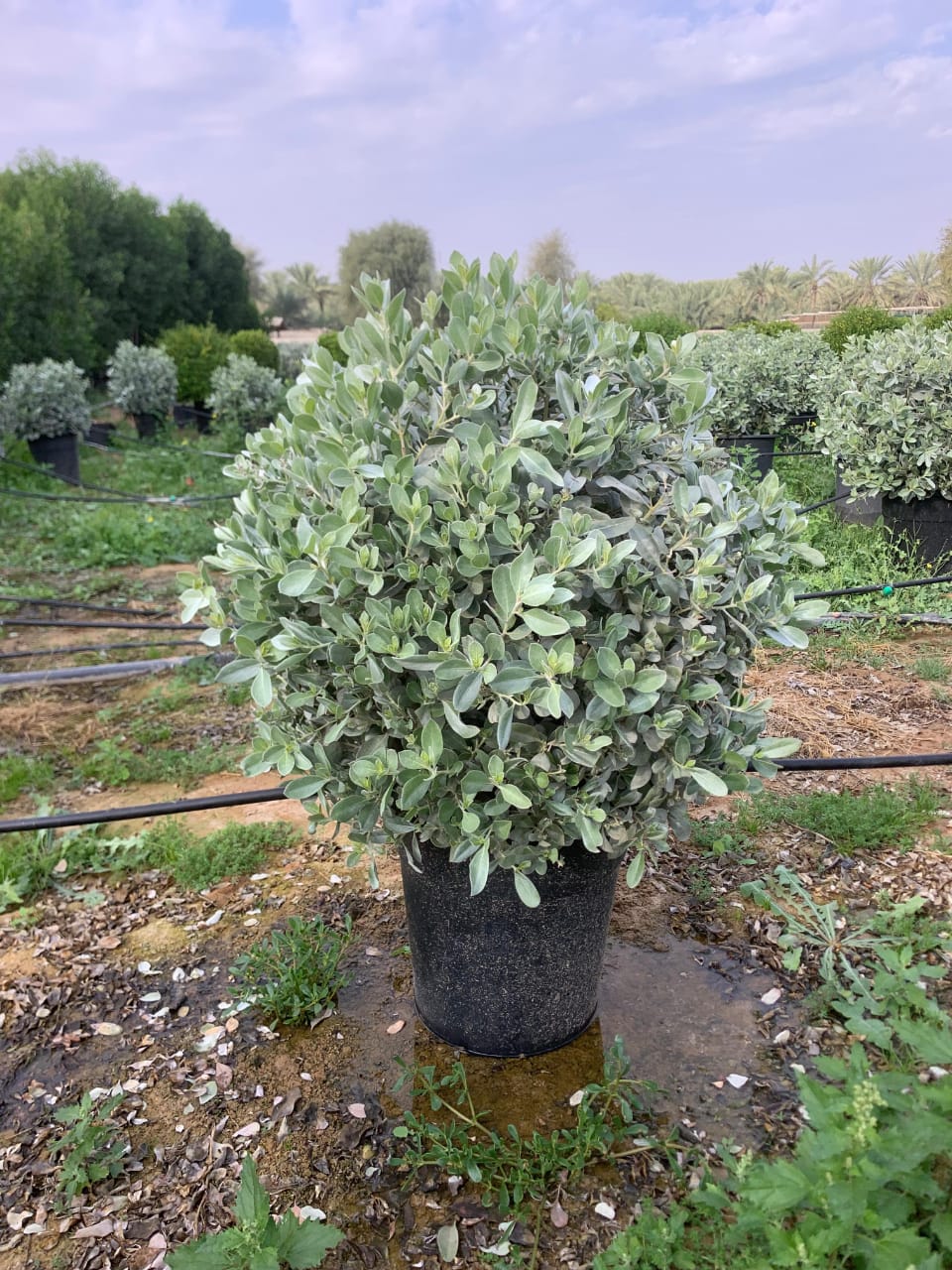
We will send you a notification as soon as this product is available again.
-
Estimated delivery: Dec 27 - Dec 31
-
Free return within 7 days of purchase.
Plant Description
Silver Damas Ball is an ornamental plant characterized by its spherical shape and striking silvery foliage. The global market for ornamental plants, including the Silver Damas Ball, is projected to reach USD 800 million by 2030.
4 Incredible Benefits of Silver Damas Ball
1. Aesthetic Appeal
Silver Damas Ball is highly valued for its unique spherical shape and attractive silvery leaves, enhancing the visual appeal of gardens and landscapes. Research indicates that ornamental plants significantly improve outdoor aesthetics (Johnson et al., 2021).
2. Low Water Requirements
Studies have shown that Silver Damas Ball exhibits low water requirements, making it an excellent choice for drought-prone regions. According to the University of California, selecting drought-tolerant plants can significantly reduce overall water usage (University of California, 2022).
3. Soil Erosion Control
The dense root system of the Silver Damas Ball helps stabilize soil, effectively reducing erosion in landscaped areas. A report from the Soil Conservation Society emphasizes the importance of ornamental plants in soil preservation and erosion control (Soil Conservation Society, 2020).
4. Wildlife Habitat
Silver Damas Ball provides habitat and food for various pollinators, such as bees and butterflies. Studies show that native and ornamental plants play a vital role in supporting local biodiversity (Smith et al., 2021).
5. Low Maintenance
Research suggests that Silver Damas Ball requires minimal maintenance, making it an ideal option for gardeners with busy schedules. Its resilience to pests and diseases further reduces the need for extensive care (American Society of Landscape Architects, 2022).
Disadvantages
- Silver Damas Ball thrives best in specific climatic conditions, which may limit its adaptability in cooler regions.
- It may not be readily available in all nurseries, requiring sourcing from specialized suppliers.
- Silver Damas Ball prefers well-drained soil, which may necessitate soil amendments in certain landscapes.
- The growth rate may vary based on environmental conditions, potentially affecting its establishment time in gardens.
- Regular pruning may be needed to maintain its spherical shape, ensuring its aesthetic appeal over time.
Frequently Asked Questions
1. Is Silver Damas Ball an attractive ornamental plant?
Yes, it features a unique spherical shape and striking silvery foliage, enhancing landscape aesthetics. Its visual appeal makes it a favored choice for gardens.
2. Does Silver Damas Ball require a lot of water?
No, it exhibits low water requirements, making it suitable for drought-prone regions. This characteristic promotes water conservation in landscaping.
3. Can Silver Damas Ball help prevent soil erosion?
Yes, its dense root system helps stabilize soil and reduces erosion in landscaped areas. This is particularly beneficial in maintaining soil integrity.
4. Does Silver Damas Ball support local wildlife?
Yes, it provides habitat and food for various pollinators, contributing positively to local biodiversity. This enhances ecological health in gardens.
5. Is Silver Damas Ball easy to maintain?
Yes, it requires minimal maintenance, making it practical for busy gardeners. Its resilience to pests and diseases further reduces care needs.
Final Verdict: Should I Buy Silver Damas Ball?
Yes, Silver Damas Ball is an excellent choice for enhancing garden aesthetics and providing ecological benefits.
Plant Care
Watering
Water your plant once a week or when the soil starts to feel slightly dry on the surface. Keep the soil consistently moist, but be careful not to overwater, as this can cause brown spots and leaf drop. If the leaves become curly or dry, it's a sign that the plant needs water. It's best to water your plant in the early morning or late evening when the temperatures are cooler. Always check the soil before watering.
Light
Provide bright indoor light or indirect sunlight for about 6 to 8 hours a day.
Temperature
Maintain temperatures between 18°C and 24°C. Avoid exposing the plant to drafts, as these can cause undesirable temperature fluctuations. Mist the plant occasionally, about twice a week, to help maintain optimal humidity levels.
Fertilizer
Apply liquid fertiliser every 15 days when the plant is actively growing. For best results, use Folikraft ready-to-use Indoor Plant Food.
